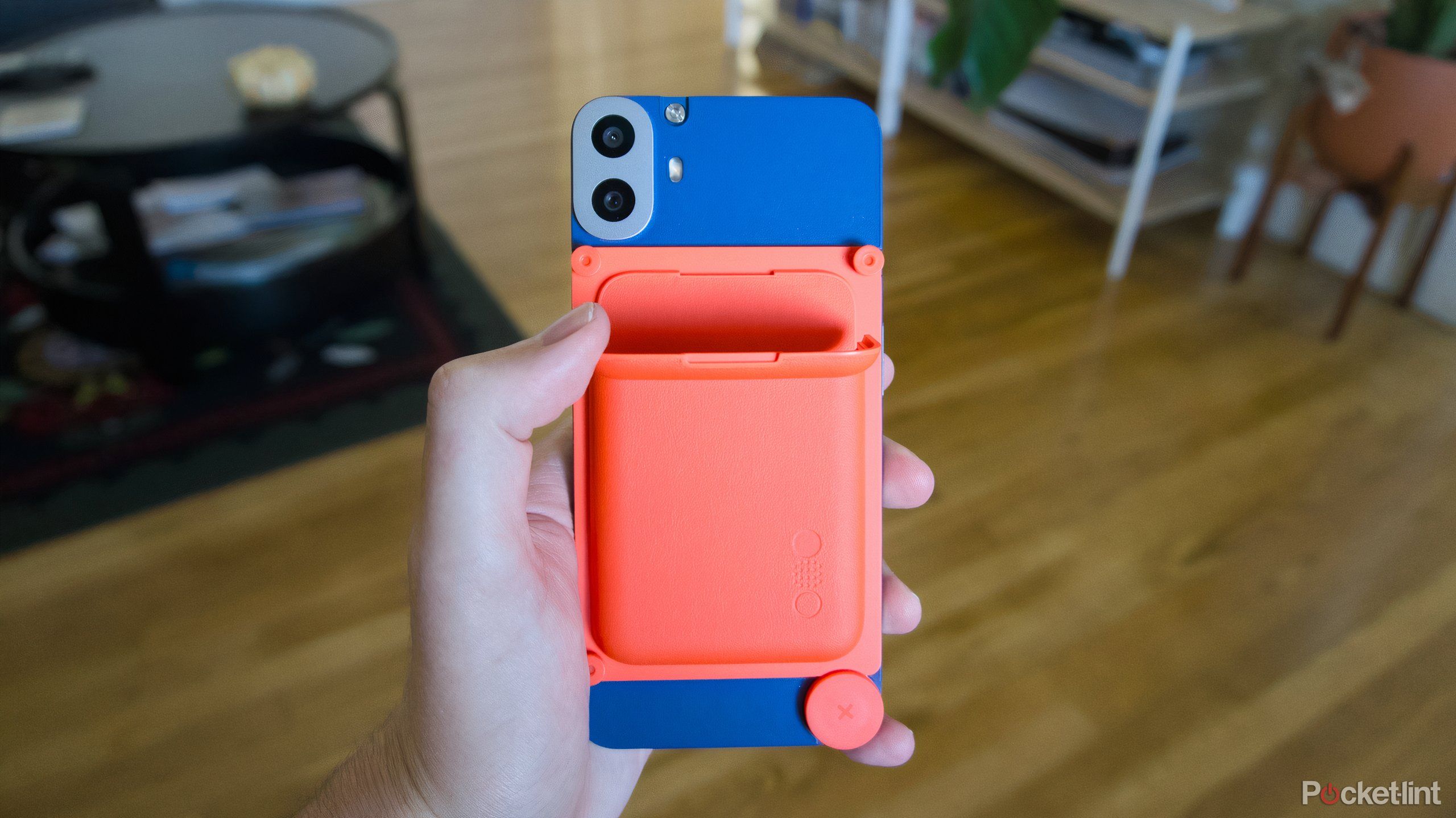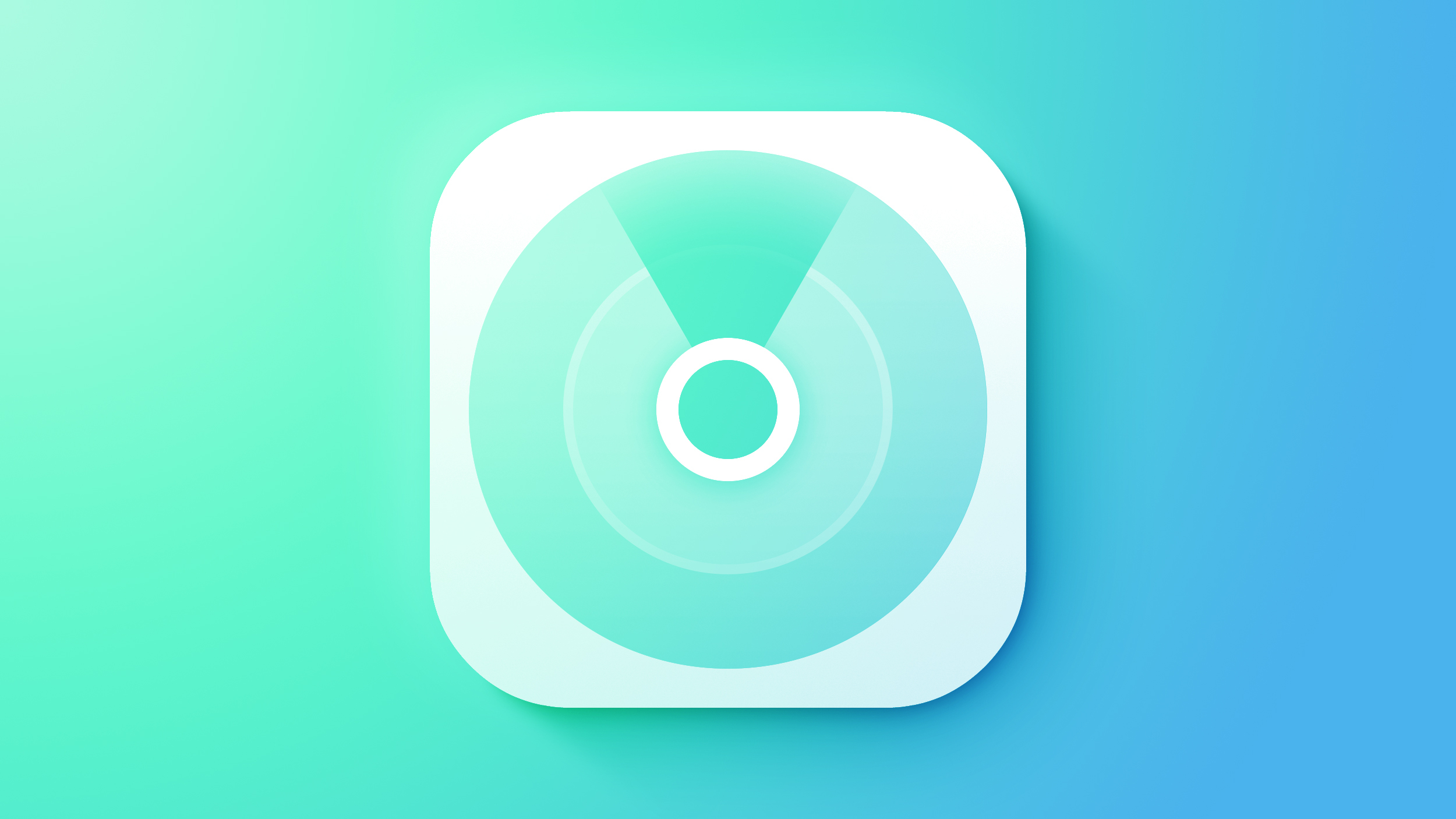New Chord Mojo 2 DAC promises to make any headphones sound incredible
The best portable DAC we’ve tested has been given a follow up, and it could easily steal the crown from its predecessor if it lives up to its specs.
The Chord Mojo 2 picks up where the original Chord Mojo left off, and comes with what the company calls a “world-first technology”. Its lossless DSP (digital signal processor) apparently allows you to adjust the tone of the DAC to suit any pair of headphones without any degradation in audio quality. Using the DAC’s new interface, you’ll be able to fine-tune the different frequency bandings yourself (lower bass, mid-bass, lower treble and high treble) for a really personalized sound.
So, if you want to upgrade your audio setup, the Mojo 2 should be able to improve the sound of headphones you already own – no need to shell out for a pricey pair of over-ears to go with your new DAC.
According to Chord, the new Mojo 2 “offers greater depth and detail perception, lower distortion and noise, plus greater neutrality” than the original Mojo, which means it should help you to squeeze out every last drop of information from your music files while maintaining a clear sound.
We were mightily impressed with the original Mojo’s clear, expansive sound, so any improvement in the audio quality could make the new DAC an incredible purchase for anyone that wants to hear every detail in their music, from subtle harmonies to the intake of breath before a singer launches into the chorus that you may not have noticed before.
(Image credit: Chord)
The new DAC looks pretty similar to its predecessor, with an anodized aluminum case and four ball-shaped control buttons that light up as you interact with it. Like the original Mojo, the Mojo 2 looks fairly large, stretching the limits of how big a truly portable DAC can be. In other words, you’ll probably struggle to fit it into your pocket compared to competing models like the Audiolab M-DAC Nano or the Audioquest Dragonfly Red/Black.
You can hook the Mojo 2 up to your laptop, phone, or tablet, and it now comes with a USB-C port on top of the optical, coaxial, and micro-USB ports features on its predecessor, giving you greater flexibility with the devices you use it with. And if you want to listen with a friend, there are two 3.5mm audio ports so you can hook up two pairs of headphones at once.
With support for the add-on Poly streamer/serve module (available to buy separately), there’s also the option of wireless streaming or playing music from two microSD card slots.
Battery life has been improved, with Chord claiming over eight hours of playback thanks to a new processor-based battery system that also allows the Mojo 2 to charge more quickly than its predecessor.
So, how much will that set you back? The Chord Mojo 2 is on sale now in the UK for £449, and while global pricing is yet to be confirmed, that works out at around $600 / AU$860. The previous version cost $399 / £399 / AU$799 when it launched, and while that might seem like a bit of a price hike, the original Chord was released way back in 2015, so you can expect the cost to have risen a little bit since then.
Analysis: are portable DACs really worth it?
(Image credit: Chord)
For the uninitiated, the prospect of buying a portable DAC may seem puzzling. After all, a decent pair of headphones plugged into a laptop sound fine, right?
If ‘fine’ is what you want from your music listening experience, then a portable DAC probably isn’t for you – but if you want to hear every last detail from your favorite songs, an external DAC will vastly improve your setup.
From laptops to phones, every source device comes with its own DAC built-in, taking the bits and bytes stored in a digital music file and convert them into something a headphone or speaker (analogue devices) can play back. However, these DACs are rarely high quality, and can be a bit of an afterthought for manufacturers of all-round media devices that need to do much more than just play your music.
Adding in an external DAC – whether you go for one that sits on your desktop or a portable model that can be slipped into a pocket – should make your music sound clearer, crisper, bassier and altogether closer to what the artist intended when they were sat in the recording studio.
External DACs are also necessary if you want to use a pair of high-impedance headphones. These audiophile-focused headphones require more power through the headphone jack on your music source in order to work properly. The general consensus is that the harder a pair of headphones is to drive, the better they will eventually sound when paired with the right equipment – and plugging them straight into a laptop isn’t going to cut it.
Read our guide to the best wireless headphones you can buy today



